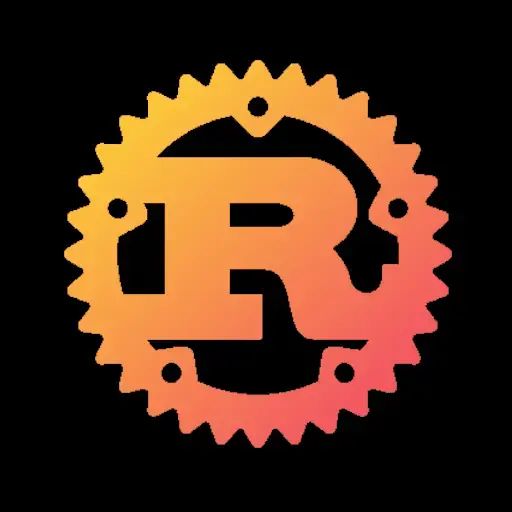

5·
1 month agoI recently started learning rust, and one of the things I liked was the quick build times after small changes. I did not know how bad it can get until I read this article, but I haven’t tried anything besides terminal applications so far.
While I used some workarounds from my baggage using C/C++ it is nice to know other techniques people use with Rust, and it is nice to learn about Rust profiling tools as well.
Thanks for sharing, it is a very insightful article.
MacBooks with intel chip are some of the best hardware to put Linux on, there are plenty of guides online on how to liberate your MacBook with Linux.
I tested a bunch of distros based on Debian, Arch and Fedora. By far, the easiest one was EndeavourOS just because it recognized the WiFi driver from the Live USB for me. Otherwise you will need to use a mobile phone with USB tethering to share internet so you can install the broadcom driver. Maybe things changed, but this was my experience in 2023.
Another driver you will need to install is the camera facetimehd . Everything else worked out-of-the-box for me.
After that, all the Linux variants I tried worked great, and it was mostly about distro philosophies and deciding the desktop environments (DE) I wanted to use, and that can be a bit overwhelming at first.
If that is your first experience, I just recommend to start with KDE or gnome. I find gnome works ok from the start, but KDE is easier to tweak. You can always test them from a Linux Live USB before committing them to your hardware. Steam Deck uses KDE for desktop mode.
There are others that are prettier or lighter you can test too: cinnamon, XFCE, MATE. Or even windows managers, but I would leave them alone until you are a bit more comfortable with Linux.
here are a few links in case some people need it in the future: